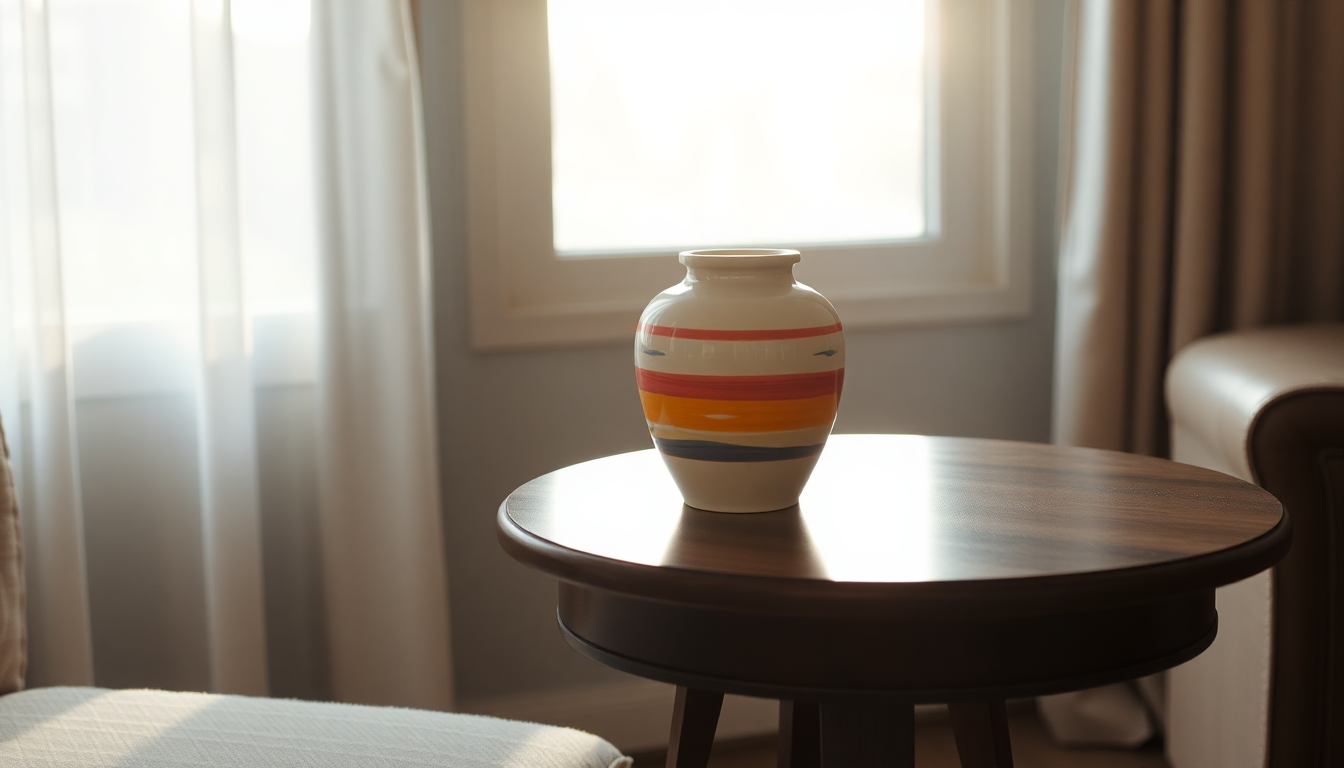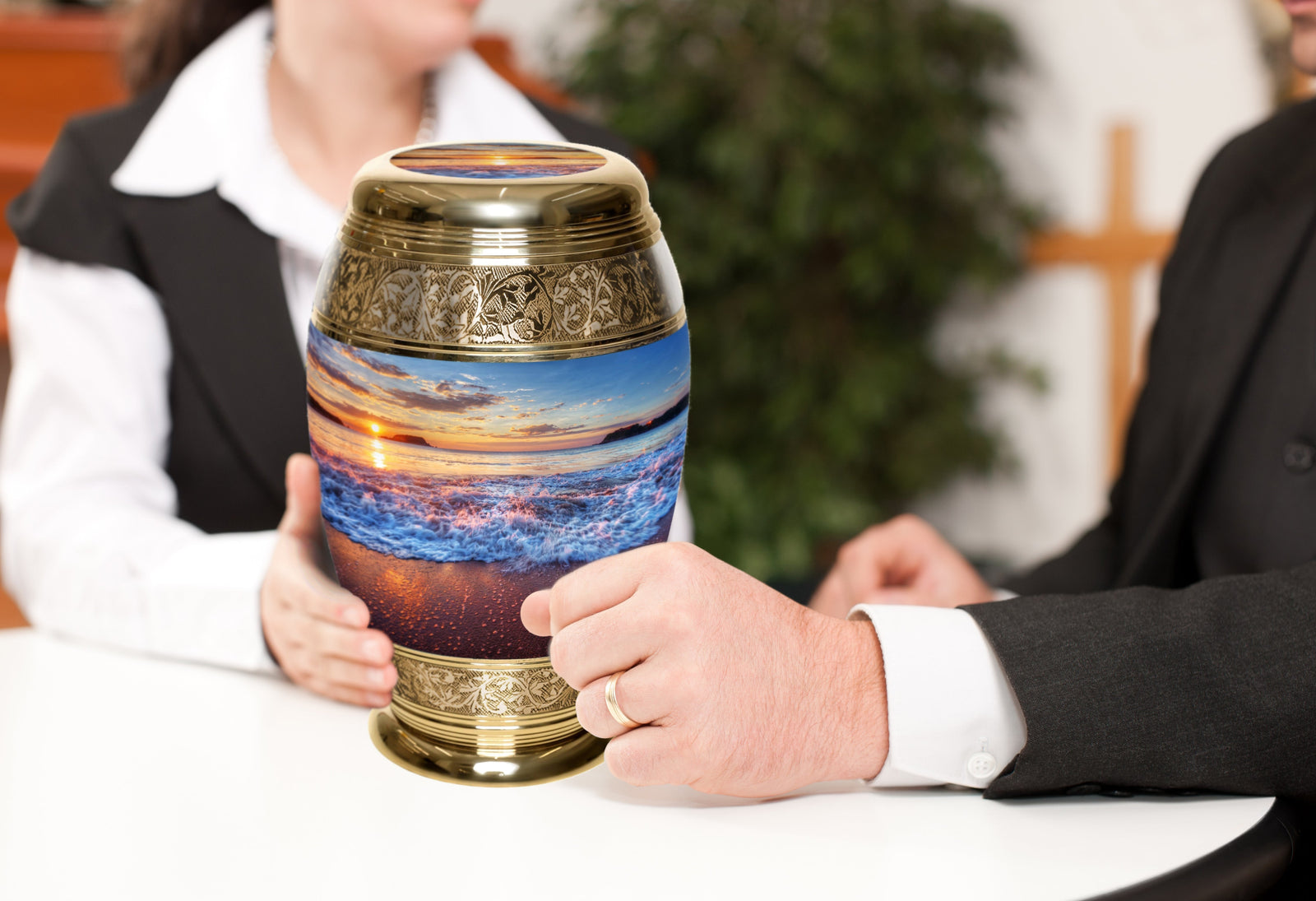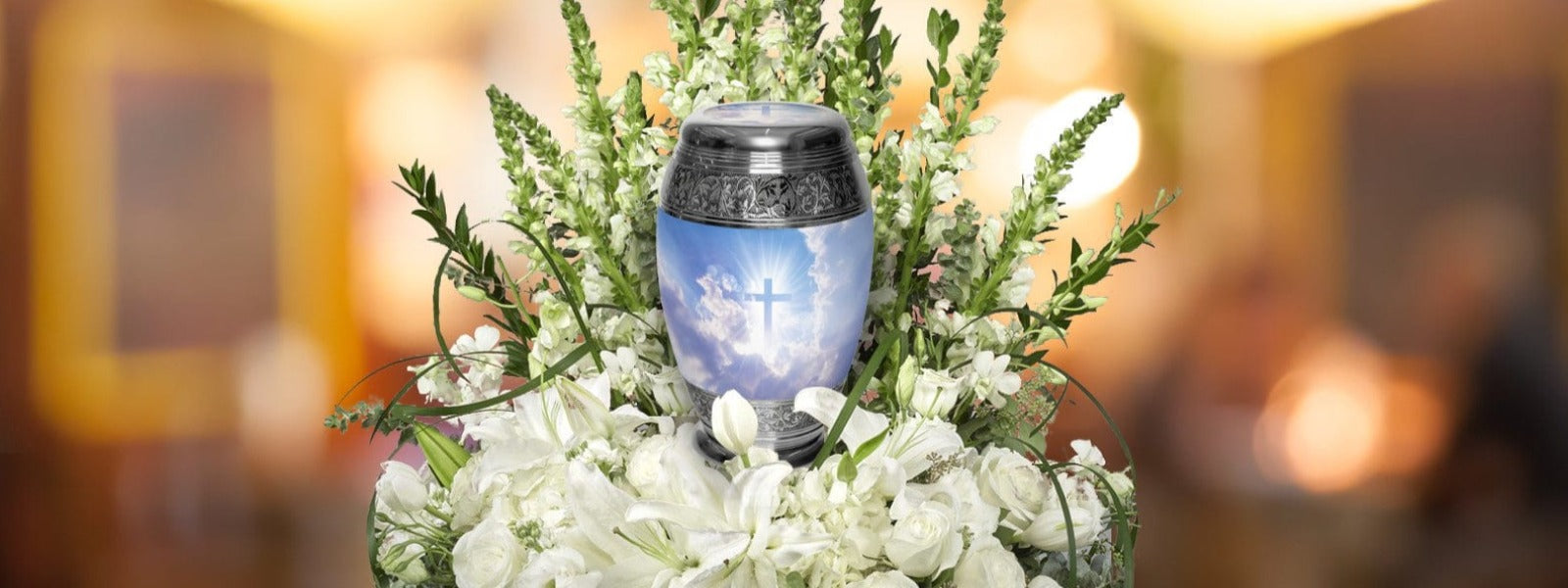Cremation is the process of reducing a deceased body to its basic elements, primarily bone fragments, by exposing it to intense heat and flame. Here's a more detailed description:
1. Process:
During cremation, the body is placed in a specially designed furnace known as a cremator or cremation chamber. The high temperatures, usually between 1,400 and 2,100 degrees Fahrenheit (760 to 1,150 °C), break down the body over a period of 2 to 3 hours, leaving behind ashes and bone fragments.
2. Ashes:
After the cremation, the remaining bone fragments are further processed into a finer texture, which results in the powdery substance that many people refer to as "ashes". These cremated remains are typically pale to dark gray in color.
3. Preparation:
Before cremation, certain preparations are made. Any non-organic materials, such as metal from medical implants, jewelry, or casket hardware, are removed. In many cases, the body is placed in a simple, combustible container before being cremated.
4. Disposition of the Remains:
After cremation, the ashes are typically placed in an urn or another container. The family can then decide on further disposition, such as burying the urn in a cemetery, placing it in a columbarium, scattering the ashes in a meaningful location, or keeping them at home.
5. Cultural and Religious Significance:
Attitudes toward cremation vary widely among cultures and religions. Some traditions embrace cremation, while others prefer burial or have specific guidelines or prohibitions concerning the practice.
6. Reasons for Choosing Cremation:
People might choose cremation over traditional burial for various reasons, including personal or spiritual beliefs, environmental concerns, simplicity, flexibility in memorial services, or economic considerations.
In summary, cremation is an alternative to traditional burial, where the body is exposed to high temperatures, resulting in the reduction of the body to ashes and bone fragments.
Can You Keep Ashes At Home?
Keeping ashes at home is widely accepted and offers comfort and connection. Use a secure urn, respect cultural or religious beliefs, check local laws, and plan for the future. Consider emotional impact and share ashes if needed. Choose what best honors your loved one and feels right for you.
Can You Put Ashes In An Urn Yourself?
Yes, you can place ashes in an urn yourself. Use gloves, a funnel, and choose a quiet space. Carefully pour ashes, seal the urn, and clean up. It's an emotional process—take your time and do what feels right. Extra ashes can go in keepsakes or another container.






Leave a comment (all fields required)